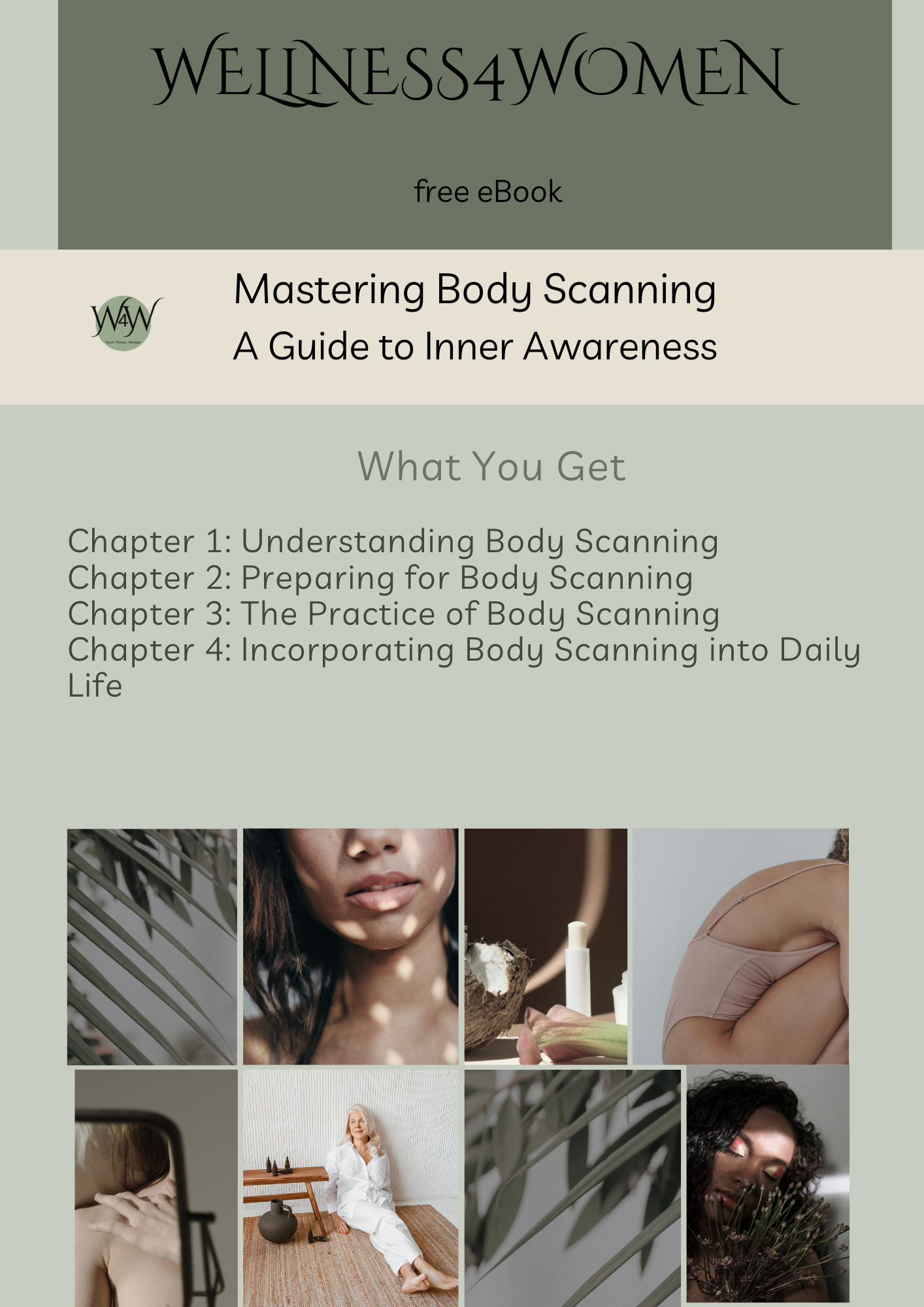Decisions, Decisions, Decisions, WATCH THIS VIDEO!
Sometimes making decisions is hard, especially when some doubts or fears make you reconsider your position, and so you hesitate and wonder if you should give up or keep going. This indecisiveness can be a torment if we allow it to be. Trying to make a choice that feels unclear is really difficult to do. Choosing to move on from something, to take a new job, to begin or end a relationship – you know the big decisions – can sometimes be so all-consuming, confusing, and fearful that we end up making none at all, and just settle for the status quo.
So, how can we teach ourselves to make our decisions with confidence? The best way through is to try to be objective.
Ask Yourself Questions
To be objective, ask yourself a question as if someone else is asking you. Try to remove yourself from any apparent emotion that may influence you and ask..
.a. how do I choose the right thing?
b. How do I know that I am not making a mistake?
In this blog, I am here to share with you that Mindfulness can help you in this regard.’ Along with prayer, I have found Mindfulness to be a powerful tool that enables your mind to focus your attention to get the answers you need. It can become more than a practice, but a lifestyle that helps you be aware at all times. Mindfulness teaches you to pay attention to what’s happening right now. It also answers how and why enabling you to focus on the decisions you need to make.
If you want more details about Mindfulness and how to implement it into your life, search my blog post because I have many articles that will help you with that. T
To make the right choice, you need to understand each part of the step-by-step process that goes into making informed decisions.
Here are Four Simple Steps to help you Prayerfully make informed decisions
- Identify the problem
- Gather the information to define the decision to be made
- Make a choice
- Learn from feedback
1. Identify the Problem.
For effective decision-making, you need to accurately identify the problem to be solved. This might sound straightforward, but it’s impossible to begin working on a plan of action when you don’t fully comprehend the question you are trying to answer. Mindfully (stay in the moment) and reflect upon the problem, develop questions accordingly, and then write them down. Look at them and allow them to soak into you. Ensure that these are the right question to ask. Wrong decisions are repeatedly made when the question is incorrectly identified, so make sure you precisely and accurately spot the decision that must be made. When you are satisfied, move to the next step.
2. Gather the information to define the decision to be made.
Now, Take your notebook or computer and write down the information you gather. This is part of the mindfulness process. Mindfulness is kind to your brain and your brain cannot remember all that you need to. So use your notebook so you can refer to it later. Also, by writing it down it can be shared with others. Decision-making requires a good understanding of the current state of the problem to be solved to understand all implications of the potential choices you have. For this reason, it can be valuable to consider the views of all parties involved because they will be affected by the decision. These may include family, customers, employees, or suppliers. Gather accurate information on how the current problem is affecting people now.
Be sure to identify existing conditions that may be connected to the decision in question. As much information as possible should be gathered to build your confidence that a decision has been accurately and appropriately made before additional evaluation and alternatives begin. It is rare for there to be only a decision that is conclusive and there’s no alternative; Once a decision has been defined, the next step is to identify the alternatives to select from. Try to identify as many different alternatives as possible without making too narrow a distinction between them, and narrow the list based on evaluation, resource limitations, or time constraints or any other revenant factor. You may decide to do nothing, which is an alternative worthy of reflection.
3. Make a choice
To make the right choice Meditation or if you prefer to call it- prayer and reflection is a mindful process. Prayer and reflection together give you time and space just for you to clear your head of any bias and look at the facts objectively. There is nothing worse than an emotional decision- I know I have a lot of them behind me!
But when you sit down and close your eyes to meditate or reflect, you are pressing pause for a few minutes. This is a moment of quiet and peace that can help to put all the heaviness and confusion surrounding a big decision into a balanced perspective. This mindful process helps you to connect with what is right for you. There is an inner voice we all hear – our intuition. We often make decisions with our emotions which can be all over the place. If you’re confused, unsure, or overwhelmed by a decision, concentrate on listening to yourself and the voice of others.
4. Learn from feedback
Feedback isn’t simply about someone telling you what you did right or wrong – it’s a process in which you reflect on your decision and take action to correct it or improve future decision-making. Feedback is quick and easy if you ask yourself these questions….
- what is the outcomes of the decision?
- what I need to improve, or adapt and
- Could I have dome thing differently – If so, How?
I hope you’ve enjoyed this blog, and come back here as I post regularly.
Please press that FOLLOW and SUBSCRIBE button to ensure you’ll get all my latest articles in your inbox.
Books
My books are available on Amazon and soon be available on my website the link is for you below.
Course
To learn more about Mindfulness and Head over to Udemy for my Course-The Mindfulness Stress Relief Master Class.
Check out my menu bar above; there, you’ll find the online courses about mindfulness masterclass that will help you begin your mindfulness journey.

?CLICK ON BOOK TITLE BELOW TO GO TO AMAZON.UK. (also available in the USA and Australia)
?Nothing Good about Grief: Path to recovery with Psalm 23 after COVID-19 & other losses.
?Psalm 23 Unwrapped: Hope in difficult times
YOUTUBE: https://www.youtube.com/channel/UCvdQ4NPTNfXSnwd3pimPh0g
FACEBOOK: https://www.facebook.com/paula.roseparish.5/
To Listen to PAULA’S PODCASTS https://anchor.fm/paula-rose-parish



